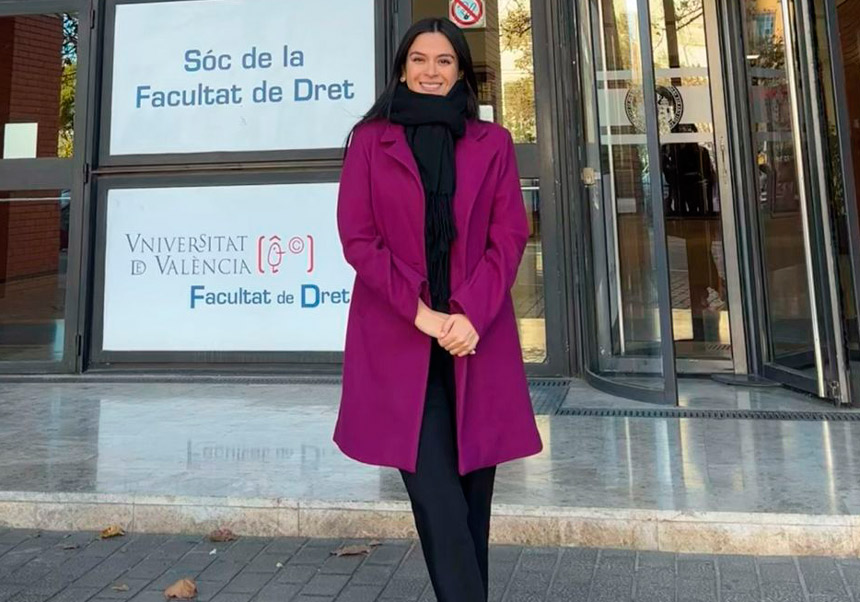
Ana María Fajardo makes a study on the introduction of the Royal Decree-Law 1/2015 of 27 February in the Spanish judicial system; this is a law of mechanisms of second chance, financial burden reduction and other measures of social order. She also analysed the introduction of the 25/2015 Law of mechanisms of second chance, financial burden reduction and other measures of social order. All because of the crisis in 2007.
20 december 2018
Title: Eficacia o deficiencia de la ley de segunda oportunidad (Efficacy or deficiency of the law of second chance)
Author: Ana María Fajardo Pino
The “credit culture” is one of the pillars of current economy, in which the growing use of bank services by citizens makes necessary the creation of structures more and more complex and developed in order to finance legal and natural persons. However, the rapid growth of technological tools and the easing of financial markets have caused credits to be granted irresponsibly and also overindebtedness for normal people because of the information that they are given, not enough to know about loan conditions and so they have lived beyond their means. This has to be added to the use of houses to fund financial transactions, which caused a real-estate bubble in Spain, which in turn exploded in 2007 due to the pressure of foreign markets and that year’s recession. And so, this infected property market and even consumers that had brought themselves into debt in order to purchase an own home.
The overindebtedness of natural persons required the enforcement of a second chance mechanism in the Spanish financial system and therefore the Royal Decree-Law 1/2015 of 27 February and the Law 25/2015 were enforced so these natural persons could become potential consumers again.
The thesis is focused on the reach and perspective of both Laws 1/2015 and 25/2015, keeping in mind that these have a special interest right now because of the social and economic context that Spain is having due to the aftermath of the real-estate bubble, that still today affects a large amount of the population, who cannot overcome the events.
Consequent to that, the main objective of the research work is to analyse the regulation of the enforced second chance mechanisms in Spain from the consequences of its enforcement in the national regulation system and those element created in order to exonerate those in need of it.
The Law 22/2003 creates a possibility for non-employers natural persons to reach a Extrajudicial Payment Agreement (AEP, in Spanish)
Afterwards, the legal vacuums and contradictions of the regulations since the start of this figure were analysed from the creation of FreshStart as the first appearance of a second chance, which makes possible a new framework of study of its backgrounds and critical features, especially those that focus on prevention but also those that make it necessary for the current Spanish system.
From the listing of the elements that boosted the implementation of the second chance mechanism in the Spanish system, this work is directed to the detailed study of the figures that become an innovation in the administration framework of the Law 22/2003; that is to say the chance that non-employer natural persons to reach an EPA with their creditors and the exoneration of the unsatisfied liability, which is the main goal that pursue all obligors that invoke the second chance mechanism.
Finally, this Thesis is concluded with the acknowledgementof the role that played judges in interpreting and enforcing the second chance regulationsand which are the criteria that they have developed in connection with exoneration of the unsatisfied liability acknowledgement and the study of natural persons’ administration in Spain.
All in all, this has served to the purpose of posing a critical analysis on the efficacy or deficiency of the Royal Decree-Law 1/2015 and the Law 25/2015, regulations that introduced the second chance mechanism in the Spanish regulation system and therefore are the chosen tool of the government to rescue those obligors that were subdued to the overindebtedness generated by the explosion of the royal-estate bubble that caused the financial crisis in Spain.













